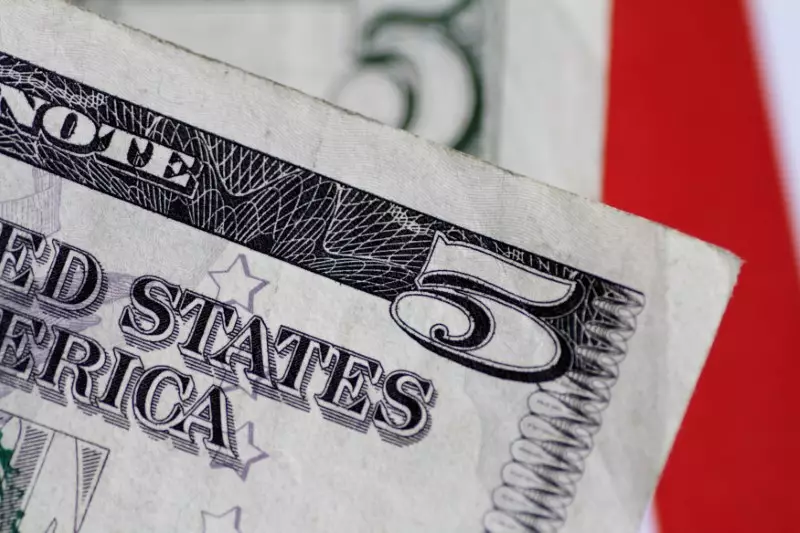The U.S. dollar saw a surge in value as it inched closer to its highest level in November, just ahead of the latest Federal Reserve policy-setting meeting. The Dollar Index, tracking the greenback against a basket of six other currencies, showed a 0.1% increase at 106.240. This increase brings it close to the 106.51 mark, the highest since Nov. 1. As the Federal Reserve wraps up its two-day meeting, it is widely anticipated to maintain interest rates at the elevated 5.25%-5.5% levels. The central bank’s aim of achieving a 2.0% medium-term inflation target has faced setbacks, with the Employment Cost Index showing a 4.2% increase on a year-over-year basis in the first quarter. This has led to a shift in futures markets, where initial expectations of five rate cuts have been reduced to just one by year-end. This hawkish stance has benefited the dollar significantly. The focus now shifts to Chair Jerome Powell’s news conference, where insights will be sought regarding the potential future course of interest rates.
On the European front, the EUR/USD pair inched higher to 1.0669, albeit on low trading volumes due to public holidays across the continent. Eurozone inflation remained steady at 2.4% in April, consequently strengthening the case for the European Central Bank (ECB) to implement interest rate cuts next month. The ECB has hinted towards a possible rate cut on June 6, provided no unexpected wage or price developments surface. The prospect of monetary policy relaxation in June has been suggested by members of the ECB’s governing council, indicating a possible shift in the central bank’s approach. This development could have significant implications for currency trading in the region.
Meanwhile, GBP/USD exhibited minimal movement at 1.2491, with trading activity subdued. Current market sentiments suggest a high likelihood of a quarter-point rate cut by the Bank of England at its Aug. 1 meeting, with even chances of a move as early as June 20. The cautious approach adopted by traders indicates a wait-and-watch stance, potentially influenced by global economic uncertainties. The upcoming decisions by the Bank of England will undoubtedly have a notable impact on the currency market.
Moving on to Asia, USD/JPY saw a 0.1% rise to 157.91, as the yen weakened following suspected government intervention. Despite the currency’s retreat from its recent high, Japanese authorities remain vigilant about potential further depreciation. Amid labor day holidays and apprehensions before the Federal Reserve meeting, other Asian currencies maintained a muted performance. AUD/USD demonstrated a 0.2% increase to 0.6482, hinting at a stronger position for the Australian dollar ahead of the Reserve Bank of Australia meeting next week. The central bank decisions in the region are closely monitored by traders, as they seek clues about future currency trends.
Central bank policy decisions play a pivotal role in shaping currency movements across the global market. The interplay between economic indicators, inflation rates, and interest rate adjustments creates a dynamic environment for traders to navigate. Understanding and interpreting these factors are essential for successful currency trading strategies. As central banks continue to fine-tune their policies in response to evolving economic conditions, staying informed and proactive becomes imperative for investors in the volatile forex market.

